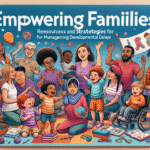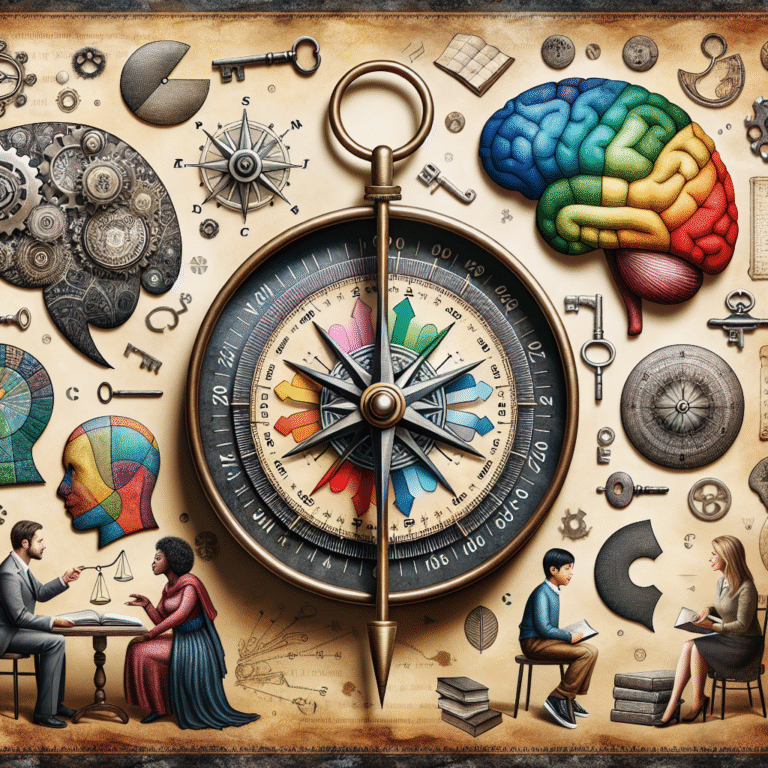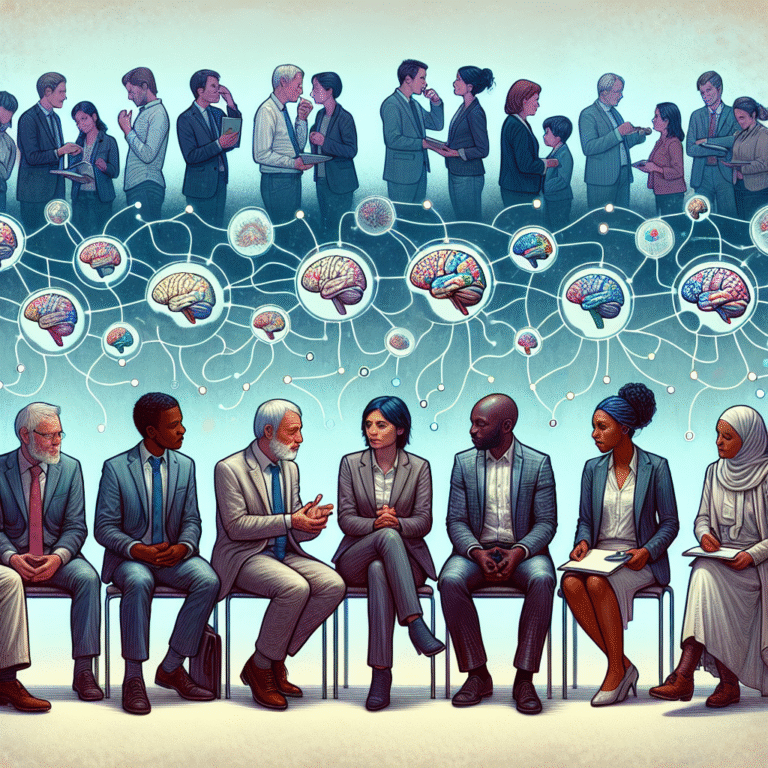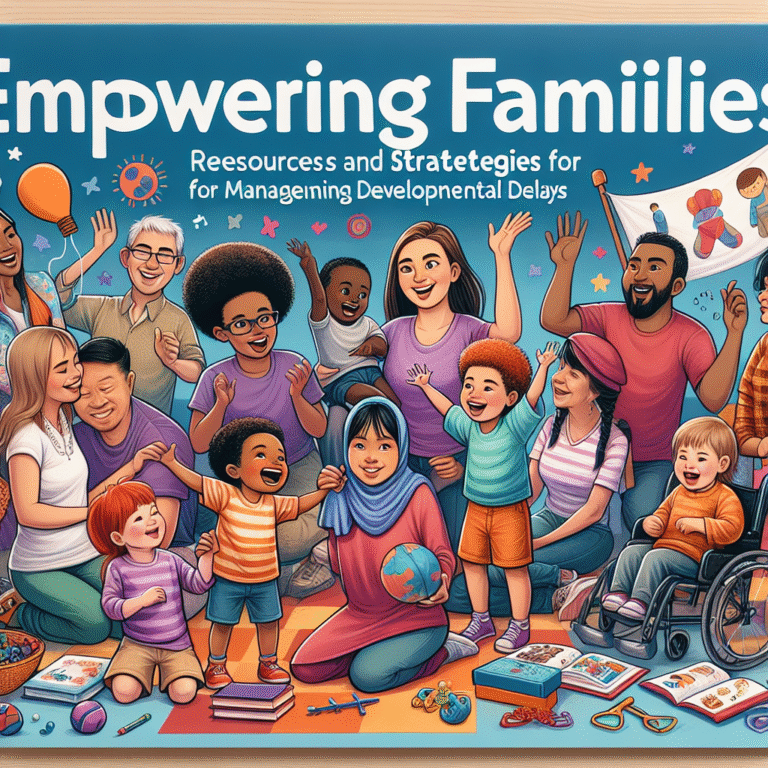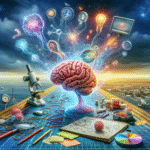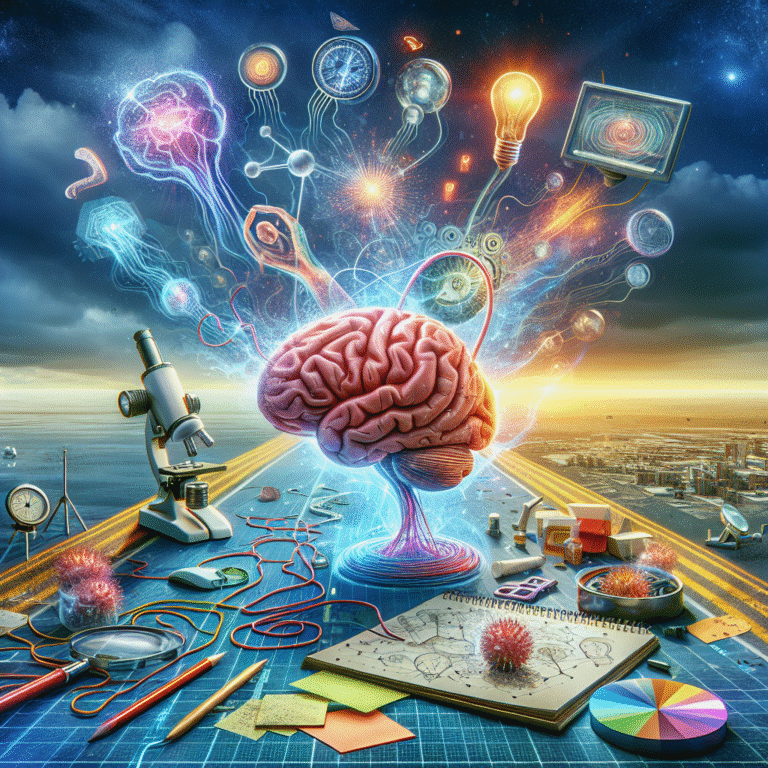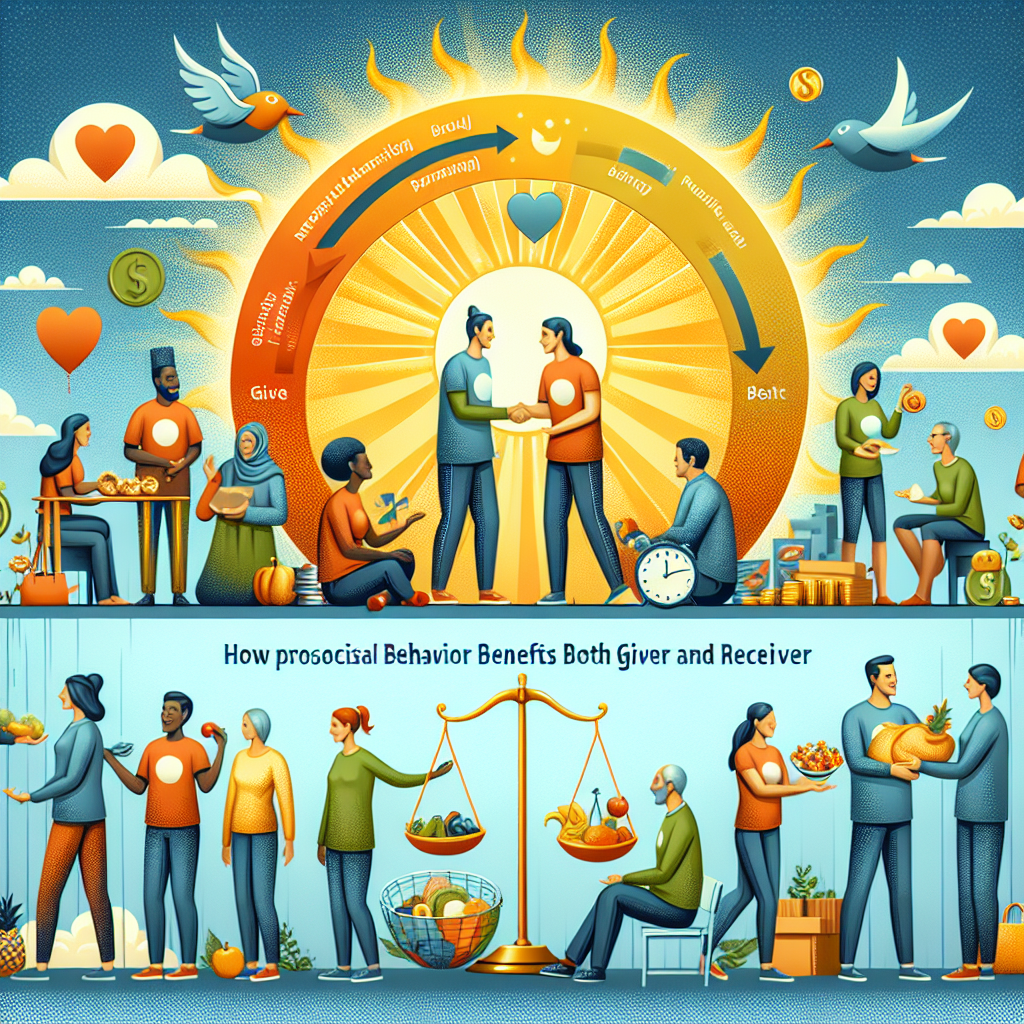
Introduction
In a world that often prioritizes individual gain, the profound benefits of altruism shine brighter than ever. The concept of prosocial behavior—the intention to benefit others—has far-reaching effects that can transform lives, communities, and even the givers themselves. The Power of Giving: How Prosocial Behavior Benefits Both Giver and Receiver is not just a catchy phrase; it’s a proven principle backed by research and heartfelt stories.
Imagine the warm glow that accompanies a thoughtful gesture, whether it’s volunteering at a local shelter, donating to a cause you believe in, or simply lending a listening ear to someone in need. These acts, while seemingly small, carry immense weight. This article delves into the extensive benefits of giving, exploring various dimensions of prosocial behavior and revealing how it enriches both those who give and those who receive.
The Psychological Benefits of Giving
Understanding Altruism
Altruism is the selfless concern for the well-being of others. Psychologists have long studied altruism and its implications, concluding that acts of kindness can significantly boost mental well-being. Acts of generosity are linked with increased happiness, reduced stress, and a greater sense of purpose.
Case Study: A study published in the journal Psychological Science revealed that individuals who engaged in regular prosocial behavior reported higher levels of satisfaction and happiness. They not only felt enriched by their actions but also noticed a ripple effect in their communities.
The Science Behind Giving
Recent studies have provided insights into the ‘helper’s high.’ When we give, our brain releases endorphins, leading to improved mood and reduced pain perception. This biochemical response serves not just as a reward for the giver but also encourages a cycle of generosity.
| Factor | Mental Benefits | Physical Benefits |
|---|---|---|
| Increased happiness | Higher life satisfaction | Lower stress levels |
| Reduced anxiety | Greater resilience | Boosted immune function |
| Enhanced self-esteem | Stronger social ties | Improved cardiovascular health |
The Social Impact of Giving
Building Community Connections
Consider the profound impact that prosocial behavior has on community cohesion. When individuals contribute their time and resources, they strengthen social networks and create supportive environments. Communities that exemplify giving often report lower crime rates and higher levels of trust.
Case Study: The "Neighborhood Stories" project in Chicago facilitated community bonding through shared volunteer efforts. Participants reported feeling more connected and invested in their neighborhood, showcasing how collective giving can create a healthier social fabric.
Encouraging Reciprocity
Prosocial behavior prompts a culture of reciprocity. When one person helps another, it creates a sense of obligation and gratitude. This not only builds relationships but encourages others to pay it forward.
Giving and Empathy
Empathy is at the heart of prosocial behavior. By understanding others’ experiences, we promote kindness and compassion. Studies show that empathetic individuals are more likely to engage in acts of giving, which consequently fosters a cycle of caring behavior.
Case Study: A randomized controlled trial examined empathy training programs and their effect on charitable donations. Participants who underwent training increased their charitable giving by 30%, demonstrating the link between empathy and prosocial behavior.
The Economic Benefits of Giving
Strengthening Economic Productivity
Generosity isn’t limited to emotional benefits; it has tangible economic impacts. Organizations that promote volunteering often experience increased employee engagement, leading to higher productivity and reduced turnover.
| Economic Impact | Positive Outcomes |
|---|---|
| Volunteering initiatives | Improved employee morale |
| Community investments | Increased local spending |
| Charitable foundations | Job creation and stability |
Case Study: Corporate Social Responsibility (CSR)
Companies like TOMS Shoes and Ben & Jerry’s integrate giving into their business models. By leveraging the power of giving, these organizations not only thrive economically but also cultivate loyal customer bases that align with their philanthropic values.
Health Benefits of Prosocial Behavior
Physical Health Correlations
Research indicates that giving can have significant physical health benefits. Engaging in altruistic behaviors has been associated with lower blood pressure, reduced risk of heart disease, and even longevity.
Case Study: A long-term study from the American Journal of Public Health found that individuals who volunteer regularly were 44% more likely to experience better health than those who do not engage in prosocial activities.
Overcoming Barriers to Giving
Addressing Common Misconceptions
Despite the evident benefits, many individuals hesitate to engage in prosocial behavior due to misconceptions or fears. Some common barriers include:
- Time Constraints: Many believe they lack the time to volunteer or give.
- Financial Limitations: Some think that donations must be large to matter.
- Fear of Rejection: People often worry about their efforts not being appreciated.
By breaking down these barriers and showcasing successful models, we can encourage more individuals to embrace the power of giving.
Actionable Insights for Embracing Prosocial Behavior
Start Small
Even the smallest acts of kindness can make a significant impact. Consider starting with simple gestures, like a kind word or offering assistance to neighbors.
Integrate Giving into Daily Life
Look for opportunities to incorporate prosocial behaviors into your routine. Aim to volunteer a few hours a month or find a cause that resonates with you.
Foster a Giving Mindset
Cultivate a mindset that values generosity. Reflect on how acts of giving have enriched your life and the lives of those around you.
Conclusion
The Power of Giving: How Prosocial Behavior Benefits Both Giver and Receiver lies not only in the immediate act of kindness but in the profound ripple effects it creates within our communities and hearts. By understanding and embracing the multifaceted benefits of giving, we can cultivate a more compassionate world.
As you reflect on your own capacity for giving, remember: each act, no matter how small, contributes to a greater tapestry of connection and support. Choose to harness the power of giving today and inspire others to do the same.
FAQs
1. What are some simple ways to practice prosocial behavior?
You can volunteer at local organizations, help neighbors with tasks, or simply offer emotional support to friends.
2. Can prosocial behavior improve my mental health?
Absolutely! Engaging in acts of kindness can lead to increased happiness, reduced stress, and improved overall well-being.
3. Do I need to be wealthy to give?
No! Giving doesn’t always require money. Time, skills, and kindness are also powerful forms of giving.
4. How can I encourage my children to be generous?
Modeling prosocial behavior, encouraging empathy, and involving them in volunteer activities can foster a spirit of giving in children.
5. What resources are available to find volunteering opportunities?
Websites like VolunteerMatch and local community boards can help you find volunteering opportunities that align with your interests.
In embracing The Power of Giving: How Prosocial Behavior Benefits Both Giver and Receiver, we not only enrich our own lives but also weave a stronger social fabric that uplifts everyone around us. Let’s commit to making a difference, one act of kindness at a time.



